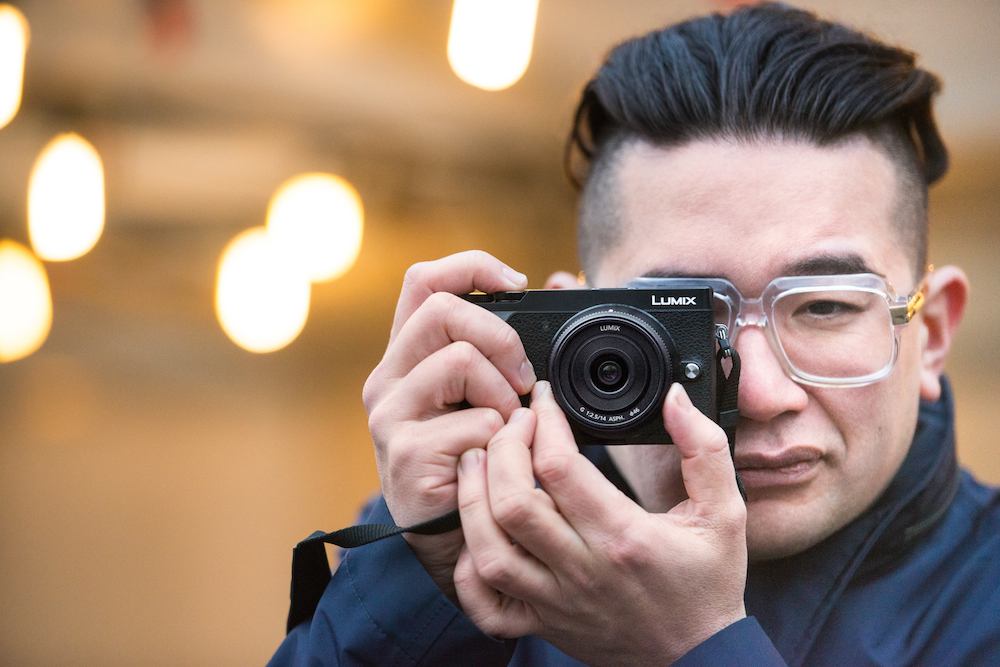I admit that when Panasonic first announced the Lumix GX8 as the successor to the GX7, I was a little disappointed, not by the specifications but by the increase in body size. The GX7 was compact and almost pocketable; the GX8 was a professional body with professional dimensions to match.
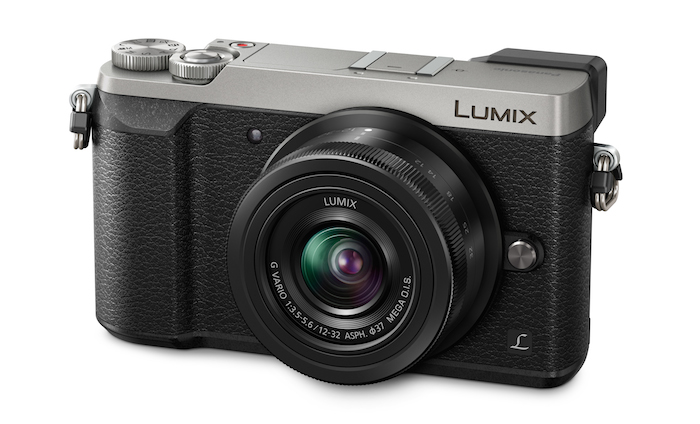
It now seems that Panasonic has found a middle ground between the portable GX7 and the high-end GX8 in the form of the Lumix GX85 (known as the GX80 in the UK and Europe and the GX7 Mark II in Japan). This new camera has returned to the dimensions of the GX7 but retains many of the high-end features of the GX8 and even incorporates a few new features of its own.
The GX85 has a 16MP Micro Four Thirds sensor, which is a downgrade from the 20MP sensor of the GX8 but also an upgrade from other 16MP sensors because it is the first Lumix sensor to lack an anti-aliasing filter. This should allow for a 10% boost in detail resolving power over previous 16MP sensors.
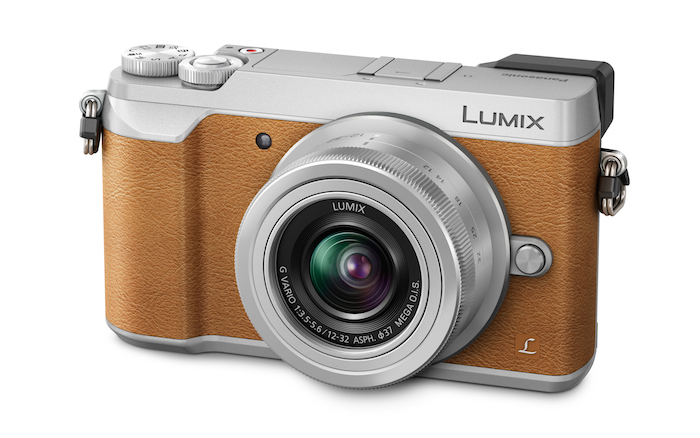
Although the body isn’t weather sealed, it benefits from a thick, solid grip on the front.
The GX85 has lost the tilting electronic viewfinder of the GX7 and GX8. It features the same resolution as the viewfinder of the GX7 (2,764K dots) but the technology behind the viewfinders is different. The GX8 employs an OLED panel while the GX85 has a field sequential LCD panel: the 2,764k resolution is not native but the result of the three RGB signals combined for each dot. The magnification has also been reduced to 1.39x / 0.70x, which is the same as the GX7.
Another major improvement to the GX85 is the updated mechanical shutter. There is now an electromagnetic drive in the shutter unit to help reduce shutter shock and minimise the shutter sound, both of which were an issue on the GX8.

The 1040k dot LCD screen isn’t a free-angle type like the GX8’s but it does tilt up 80 degrees and down 45 degrees and has all the touch functionalities of other Lumix cameras.
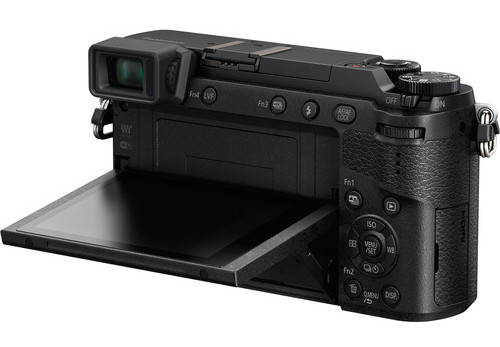
Like the GX8, the GX85 incorporates in-body stabilisation. The difference is that it features 5 axes (pitch, yaw, shift and roll) instead of 4 and should allow for 4 stops of compensation. It also works with Panasonic’s Dual IS system, meaning it can be used in conjunction with compatible O.I.S. lenses, giving you 5-axes on the sensor and 2 axes on the lens. Unlike the stabilisation system of the GX8, it also works for video.
We get the same Depth from Defocus contrast detection autofocus system as the GX8, as well as the Post Focus function that enables users to select an in-focus area even after taking the shot.
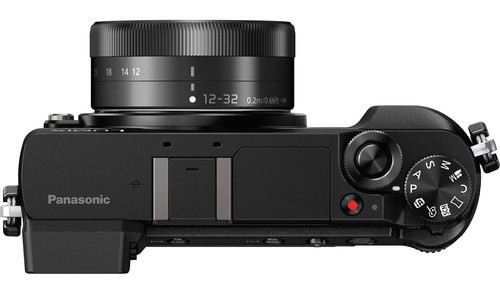
Of course, the GX85 wouldn’t be a Lumix camera if it didn’t have 4K capabilities. These include 4K video at 30p or 24p, and the various 4K PHOTO modes which allow you to extract frames from footage taken at 30fps.
A new feature within the 4K Photo menu is the Light Composition function which, like the Live Composite mode on Olympus cameras, synthesises images by choosing and saving a brighter pixel. It should prove useful for star trails, light painting and fireworks. Additionally, the GX85 enables 4K Live Cropping in video that yields stable panning or zooming while recording.
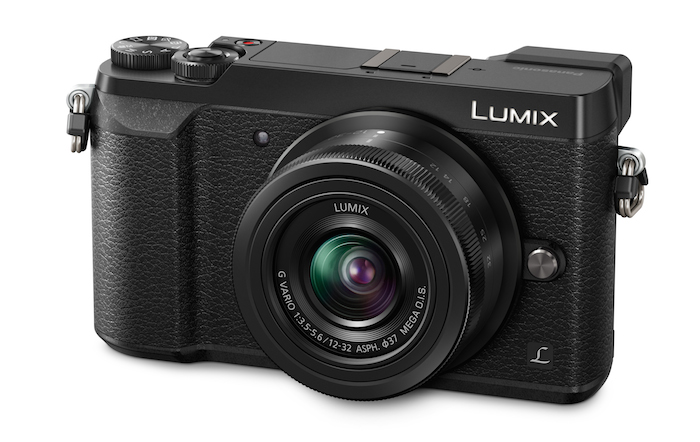
Another feature that was surely inspired by Olympus is Focus Bracket, which allows you to take up to 999 images with different focus points. This feature is accompanied by Aperture Bracket, which lets users have multiple shots with a different depth of field.
In addition to the multiple artistic functions of the GX85, Panaosnic has added a new L.Monochrome mode that offers monochrome capture in rich gradation comparable to B&W film. No doubt Panasonic is following in the footsteps of Fujifilm X-Pro2 and its new Acros mode and the Olympus Pen F with its new colour profiles.
The GX85 will be available in May in silver, black and brown. The estimated retail price is around $799.99 US. You can pre-order the camera at B&H Photo.
